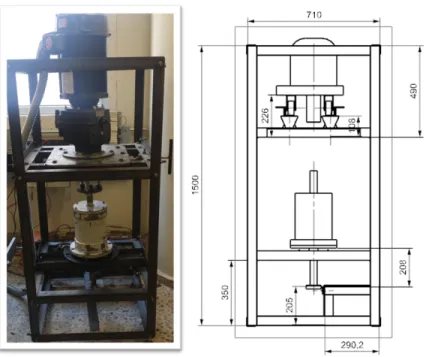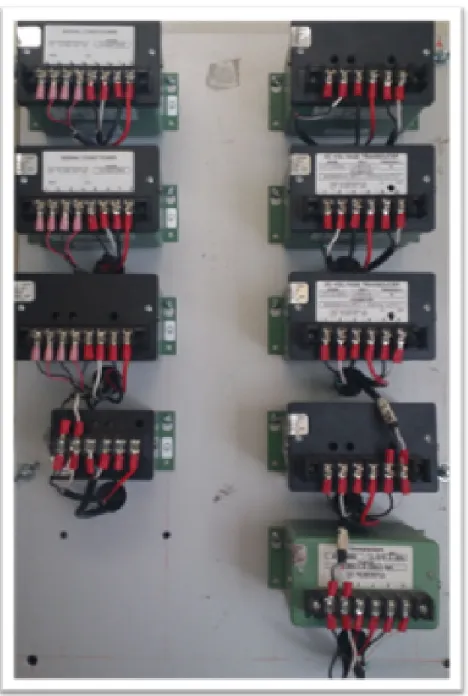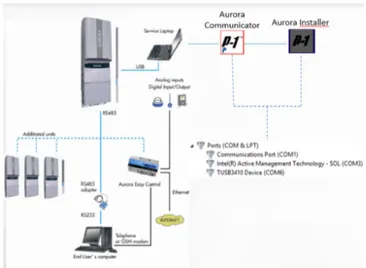Advanced control strategies for small wind turbine MPPT and stress reduction
Texto completo
Figure

![Figure 2.3: Variable Wind Turbine Regions. Retrieved from [9]](https://thumb-us.123doks.com/thumbv2/123dok_es/2066929.504202/23.918.288.713.250.567/figure-variable-wind-turbine-regions-retrieved.webp)
![Figure 2.5: Example of Power vs. rotor speed Curve. Retrieved from [8].](https://thumb-us.123doks.com/thumbv2/123dok_es/2066929.504202/24.918.319.678.714.991/figure-example-power-vs-rotor-speed-curve-retrieved.webp)

Documento similar
8-10, are depicted wind speed sequence, the simulated rotor speed and the output power, respectively, for the wind turbine simulated. The characteristics of the wind turbine
The objective of this study was to analyze the clinical and radiological outcomes of conversion to total knee replacement after a high tibial osteotomy and to compare the evolution
“The effect of turbine geometry on the performance of impulse turbine with self-pitch-controlled guide vanes for wave power conversion,” in Proceedings of the 4th International
This paper presents a framework to generate customised longitudinal wind speed time series for wind turbine controllers intended for simulation purposes using autoregressive
Xu, “Smart load control on large-scale wind turbine blades due to extreme coherent gust with direction change,” Journal of Renewable and Sustainable Energy, vol.
Keywords: Wind energy conversion system (WECS), permanent magnet synchronous generator (PMSG), maximum power point tracking (MPPT), fuzzy logic control (FLC).. Abstract: This
This study proposed a novel fractional order incremental conductance algorithm (FOINC) for the maximum power point tracking design of small wind power systems.. The proposed method
The model represents the main floating offshore wind turbine dynamics with four planar degrees of freedom: surge, heave, pitch, first tower fore-aft deflection, and rotor speed





